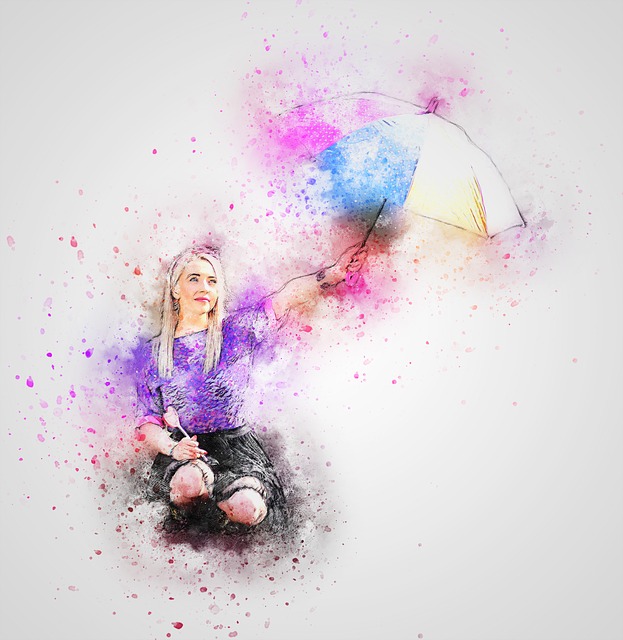Colors can be a powerful tool if you know how to use them. For a business, be it your own or that of a client, there are many moments where color comes into play. You may think directly of branding elements like the logo, business cards, and stationery. The choice of colors is also important for online communication or promotional materials, your website, social media, emails, and presentations. In addition, it is vital for offline tools such as flyers and product packaging for your mobile solar generator test (mobile Solargeneratoren Test).
Where do the meanings of the colors come from?
Millions of years of biological conditioning have led to certain associations between colors, objects, or emotions, while other associations are far more recent. Understanding these associations will help you evoke a certain emotion and maybe even behavior in your customers. Feelings are more powerful than sensible thoughts established on facts and figures. Consequently, using color symbolism can make your designs and brand much more impactful.
The meanings of the colors come from cultural developments, psychological effects, and biological conditioning. Some colors are deeply ingrained in your brain as they can be seen all around you such as red as the color of fire associated with warmth or green with nature.

Things that can affect the meanings of the colors in mobile solar generator products
Cultural Differences – Red means good luck in China. In South Africa, it stands for mourning. Americans link green with money because it’s the color of dollar bills, but that’s not the case everywhere in the world. Black is the color of mourning in Western countries, while white represents mourning in some East Asian countries.
Time – The meaning of the color can change over time. Red was once a strong manly color, while blue was a womanly color suitable for girls.
Shades and Tones – A color may have a general meaning, but lighter shades can differ greatly from darker shades, while more natural, muted colors differ from artificial neon colors. Look at the special associations of the different shades and tones. For example, if you use neon green, just because it’s a shade of green, don’t assume it fits an eco-friendly brand.
Color Combinations – You must be aware of how color combinations influence the general meaning when using more than one color. They can reinforce each other, emphasize each other, blend into each other or stand in contrast to each other. You have to think about what their combination means and what effect you wish to attain with your combination. Color theory will help you understand the relationship between colors.
